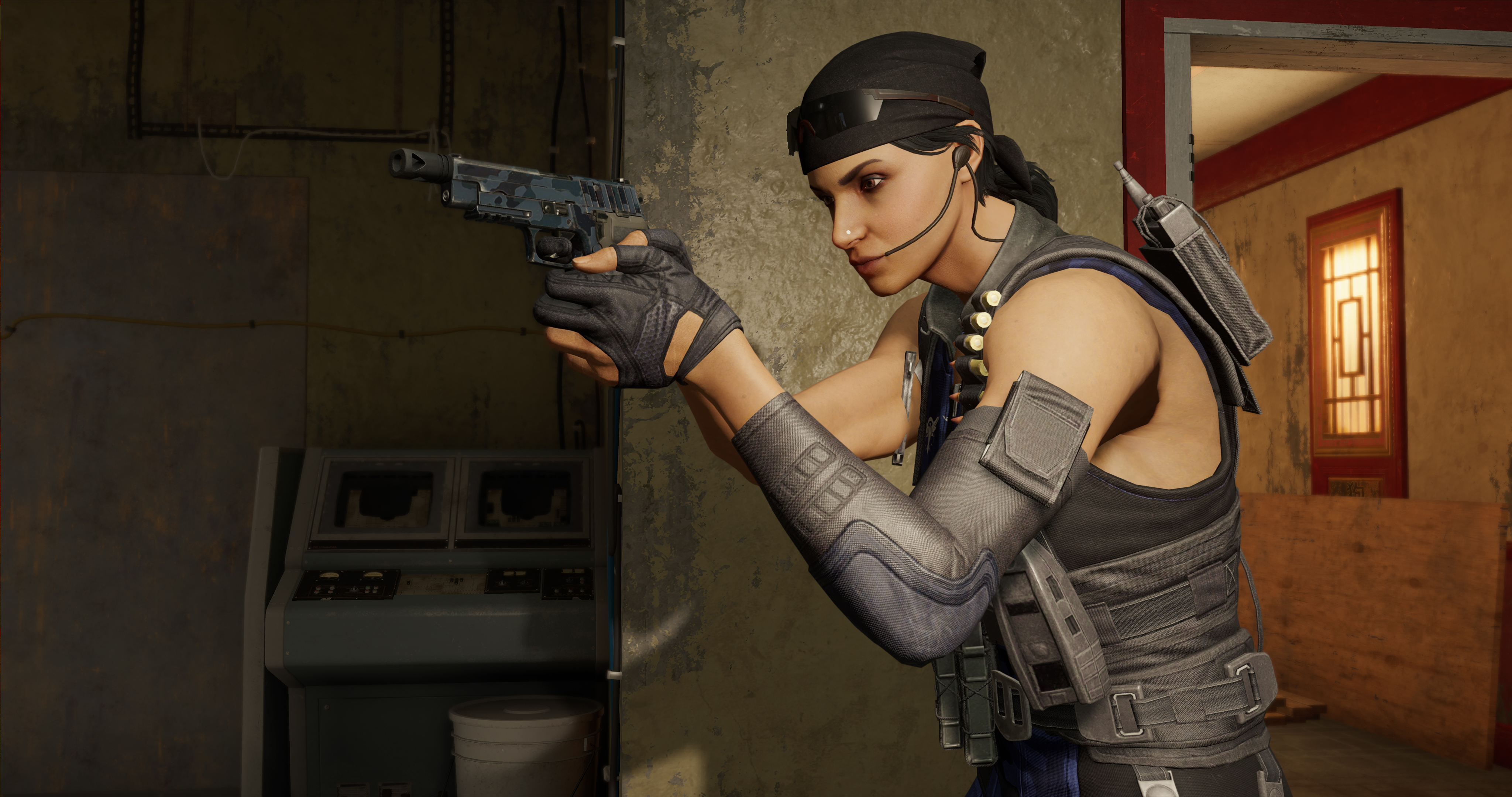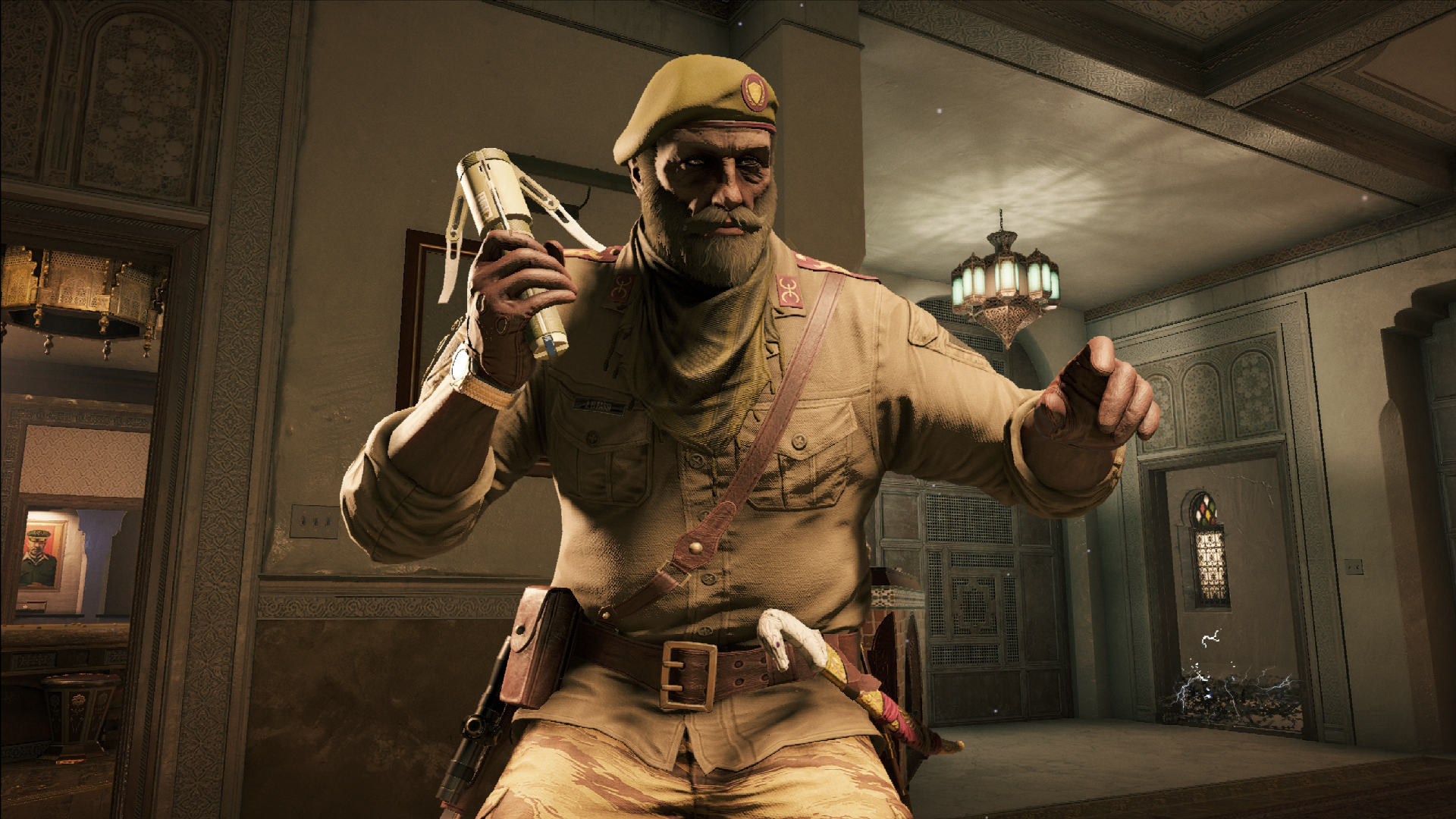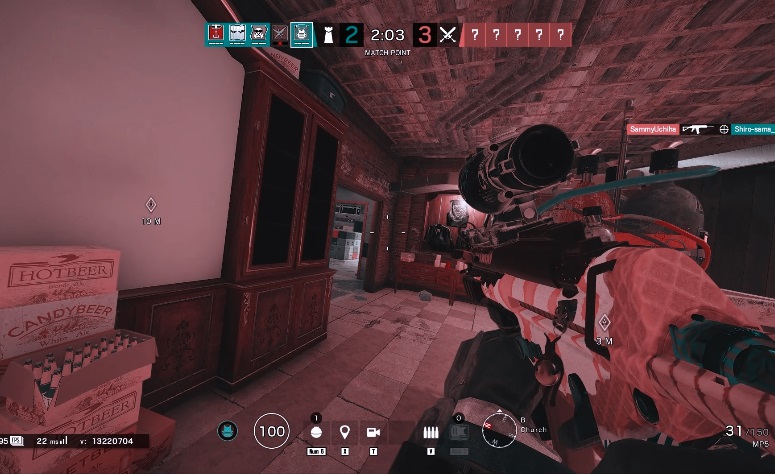Ubisoft will rebuild how sound works in Rainbow Six Siege
Siege is also getting more server regions and accessibility features, eventually.

You know that sudden panic you get in Rainbow Six Siege when you’re not quite sure where those footsteps you just heard are coming from—wait, was that upstairs or downstairs? Inconsistent sound cues are a common problem that players are used to working around, but a dramatic new plan from Ubisoft to rebuild parts of the sound system might finally improve echolocation in Siege.
“We are aware that various sound issues in the game have been problematic for players for some time,” reads a new Ubi blog post addressing long-standing issues in Siege. The post explains that Siege’s complicated sound engine that adapts to every new hole made in a floor, ceiling, and wall is a big reason why diagnosing sound issues is challenging. Sounds reach players by calculating the optimal path from the sound’s origin to the player, be that through a window, doorway, or small hole in the wall. When you don’t know that the hole is there, that sound cue can be a confusing hindrance.
Ubi says that they are making small strides in identifying sound-related problems, but that a bigger rework will ultimately be necessary. “We've reached the conclusion that we need to rebuild large parts of [sound and propagation systems], starting with the way sounds are packaged and connected to the game.” This sound repackaging is coming in Season 3, but it’s not clear if it will have any noticeable changes for players. “However, the full rebuild of the entire sound propagation and sound interactions systems is a major undertaking that will not be finalized in Year 5.”
Fewer bugs and inconsistencies sounds great, but I do wonder if Siege’s rebuilt audio will be different enough to throw off veteran players. Even the slightest changes, like how loud a footstep is from 10 meters away, will force players to re-learn a language they’ve been speaking for years.
Latency
The Status Report post also touches on server latency and acceptable pings. Many players believe that the current threshold for what is considered an acceptable ping—110ms—is far too high. My lobbies on the west coast have consistently low ping (14-30), but it is noticeable when a player from a different region sneaks into the match. In a game that values its precision, even a slight amount of lag can throw things off.
Ubi recognizes that many players find the current 110ms threshold “lenient,” but it won’t be changing in the immediate future. Instead, more server regions will be added to reduce everyone’s average ping. “Our teams are invested in reducing latency by adding game servers in additional regions—but this will require proper assessments on whether the population in that region would be able to sustain matchmaking while still putting players into matches within a reasonable amount of time,” the post reads. “As we add more regions and the average player latency is reduced, we may re-evaluate our data and revisit potential changes to ping thresholds.”
Lower thresholds are great for consistency, though stringent ping standards have some unfortunate side effects. Valorant, Riot’s new Counter-Strike competitor, has such a harsh ping threshold that I can’t play with my friends in Europe at all. It’s cool to see such low pings across the board in Valorant, but I’m not sure the tradeoff is worth it for me.
The biggest gaming news, reviews and hardware deals
Keep up to date with the most important stories and the best deals, as picked by the PC Gamer team.

Accessibility
In a rare move for Ubi, the post also addressed accessibility features in Siege. Special attention was called to a potential colorblind mode, something that Siege has been sorely lacking since its release. “Our vision for greater accessibility involves a full-fledged colorblind solution as a system that allows players the option to re-color claymores, laser sights, camera lights, etc.—while also taking into account which team you’re on for proper feedback.”
Back in February, Ubi told me that a colorblind mode was in active development, but it seems to have been put on hold again. “Our earlier initiatives for implementing colorblind solutions did not live up to our expectations when tested with colorblind players,” the post reads. “We needed to implement a proper solution offering full-spectrum color selection. Customization at this level entails separating multiple elements for dynamic recoloring—a significant task we have decided to split into smaller parts.

“We are revisiting colorblindness in the near future. We will begin by focusing on improving the shooting experience first through taking a look at reticle colors and what can be done there. We hope to have something to share soon.” Expanded reticle colors is certainly a positive step for players that struggle to see red against backgrounds. This is the firmest statement Ubi has ever made in favor of a colorblind mode, but it’s disappointing that progress is still so slow.
Part of the reason for that, Ubi says, is because the accessibility team is working on features unrelated to colorblindness. “Many of our accessibility team’s resources are currently focused on adding what’s outlined in the Communications and Video Accessibility Act [a US law signed in 2010] to the game. This will come with other accessibility improvements not specifically targeting colorblindness.” The post doesn’t specify which features this entails. Perhaps Siege will soon get a text-to-speech option for in-game chat or a proper captions system for the deaf and hard of hearing.
Even more topics are covered in the full Status Report post, like cheaters, smurfing, connectivity, and plans to rebuild smoke propagation (someday).

Morgan has been writing for PC Gamer since 2018, first as a freelancer and currently as a staff writer. He has also appeared on Polygon, Kotaku, Fanbyte, and PCGamesN. Before freelancing, he spent most of high school and all of college writing at small gaming sites that didn't pay him. He's very happy to have a real job now. Morgan is a beat writer following the latest and greatest shooters and the communities that play them. He also writes general news, reviews, features, the occasional guide, and bad jokes in Slack. Twist his arm, and he'll even write about a boring strategy game. Please don't, though.

